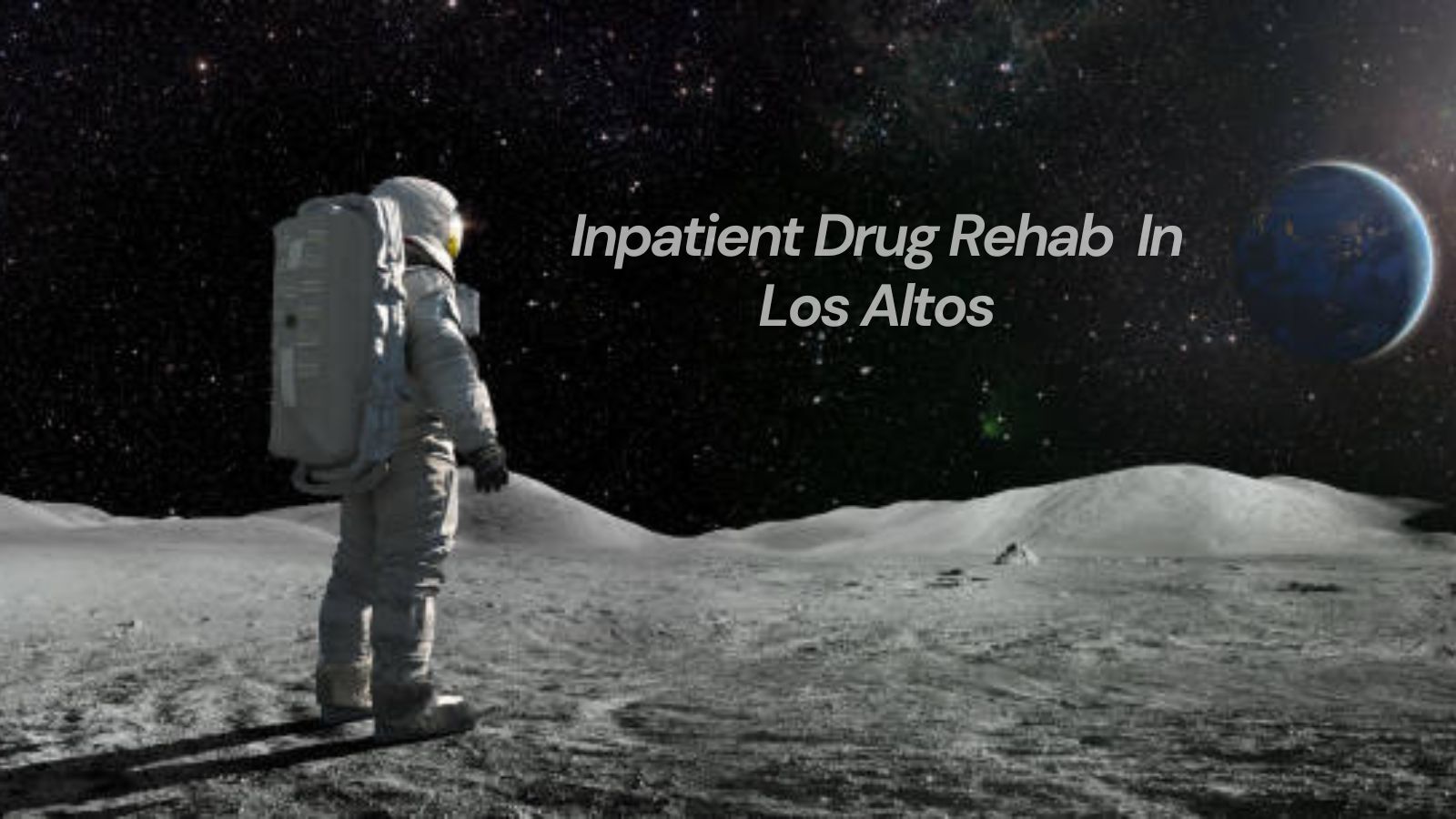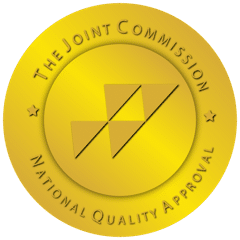Recovering from addiction is not a single event, it’s a long-term process that unfolds in stages. While detox and rehab provide a foundation, full recovery involves rebuilding physical health, emotional stability, and social trust. The timeline varies for each individual, but there are common milestones that mark meaningful progress.

Recovery Starts with Detox and Treatment
The first phase of recovery is detox, which typically lasts 3 to 10 days, depending on the substance used. During this period, the body eliminates toxic substances, and individuals begin to stabilize physically and emotionally.
After detox, treatment begins. Inpatient or outpatient rehab programs can range from 30 to 90 days. This structured period includes therapy, group counseling, and relapse prevention education. Programs like our outpatient rehab in Anaheim, clients receive a personalized plan that addresses both short- and long-term goals.
The First 90 Days: Establishing a Foundation
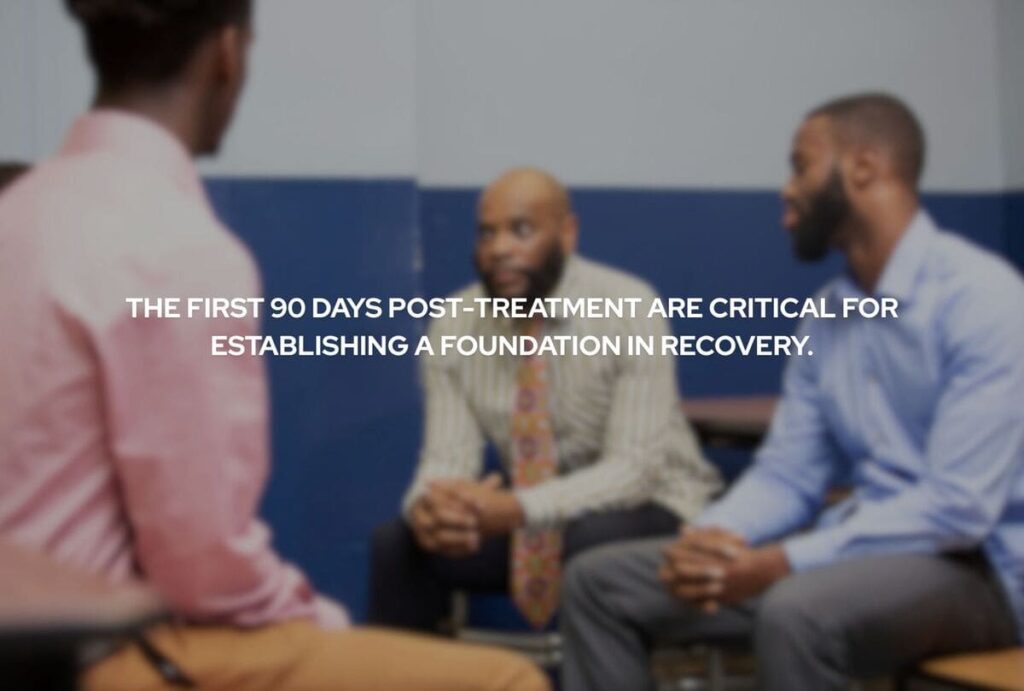
The first three months post-treatment are critical. This is when individuals:
- Relearn healthy routines
- Reconnect with sober support systems
- Face triggers outside of treatment
- Begin applying coping strategies in real life
During this time, many continue care through aftercare programs or structured outpatient therapy. Consistent support in this stage helps reinforce healthy habits and prevent early relapse.
3 to 6 Months: Rebuilding Life Skills
At this stage, individuals often:
- Re-enter the workforce
- Repair relationships
- Strengthen relapse prevention strategies
- Work on managing emotions without substances
This period is about rebuilding confidence and self-trust. Triggers may still feel intense, so continued support through therapy or peer groups remains important.
6 to 12 Months: Developing Emotional Resilience
In the six-month to one-year window, recovery becomes more internalized. People learn to:
- Cope with long-term stressors
- Navigate holidays, anniversaries, and social events
- Strengthen personal boundaries
Many in this phase begin giving back, mentoring others or leading peer support groups. These actions reinforce progress and build a sense of purpose.
1 Year and Beyond: Sustained Sobriety
Once someone reaches a full year sober, they’ve achieved a major milestone. But recovery doesn’t stop here. Long-term sobriety includes:
- Ongoing self-awareness
- Continuing education or career development
- Deepening social and spiritual connections
- Adapting to life’s challenges without substances
At this point, relapse risk decreases, but vigilance remains important. Regular check-ins with a counselor or sponsor help maintain progress.
Recovery Is Nonlinear
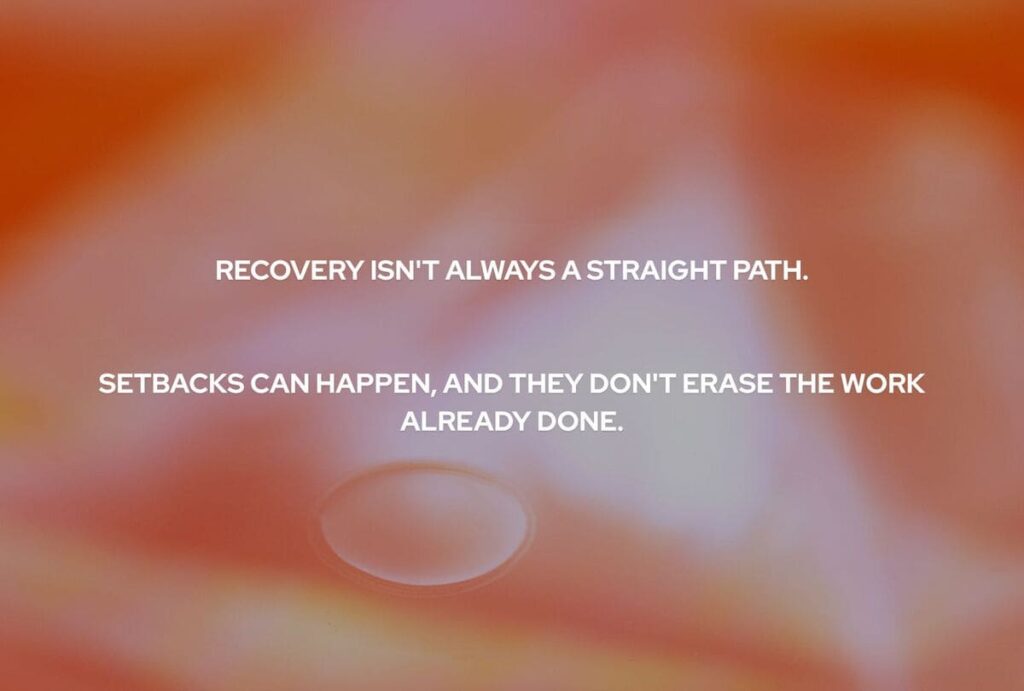
Progress isn’t always a straight path. Setbacks can happen, and they don’t erase the work already done. What matters is how quickly someone returns to healthy habits and support systems.
Creating a plan in advance for managing high-risk situations can make all the difference. Recovery is not just about time, it’s about consistency, intention, and support.
How to Stay Sober After Rehab
One of the most important parts of long-term recovery is having tools to maintain sobriety. In how to stay sober after rehab, we outline seven proven strategies to manage cravings, rebuild routines, and maintain forward momentum after treatment ends.
What Happens After Rehab?
If you’re wondering what comes immediately after discharge, what happens after rehab explains the transition from structured care back into everyday life—and how to navigate it with clarity and support.
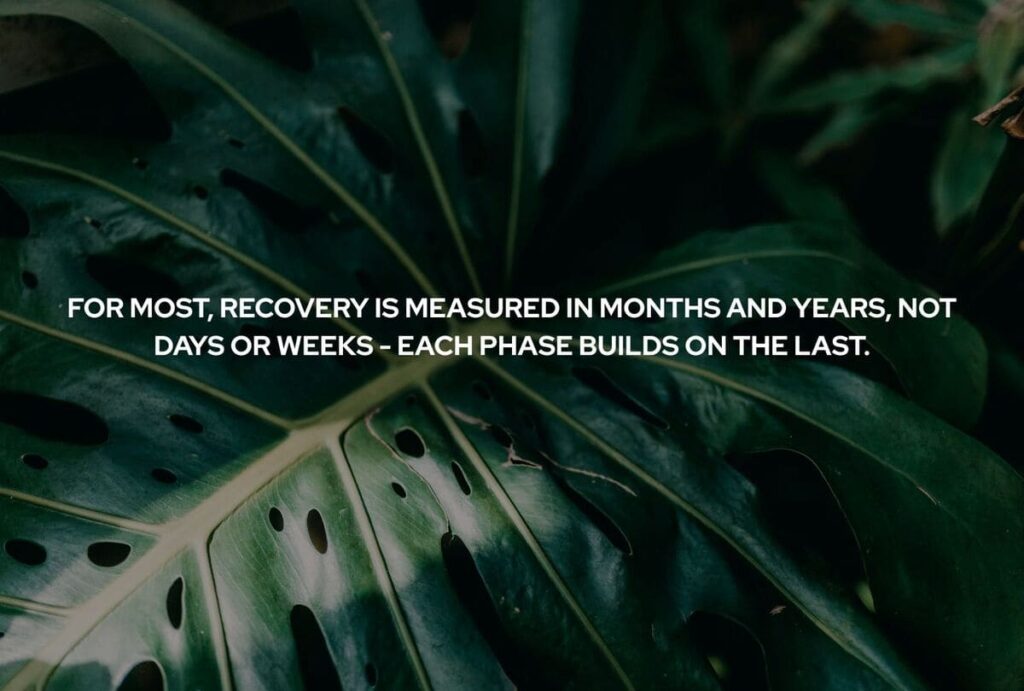
Conclusion
So, how long does it take to recover from addiction? For most, the answer is measured in months and years, not days or weeks. Each phase, from detox to aftercare—builds on the last, creating a foundation for long-term wellness. With the help of outpatient treatment and aftercare, individuals can not only recover but thrive, one milestone at a time.


